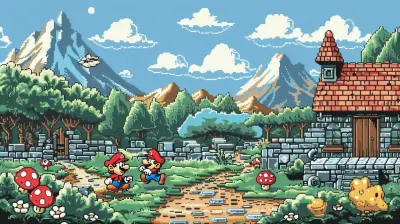Farming Simulators: Crafting the Perfect Virtual Harvest
3 July 2025
Ever wondered what it feels like to run your own farm without the smell of manure and early morning rooster calls? That’s where farming simulators come in. They’re not just niche titles for people obsessed with tractors — they’ve quietly cultivated a passionate fanbase of millions. Whether you’re a city dweller dreaming of green pastures or a seasoned gamer looking for a chill, rewarding experience, farming simulators have something for everyone.
Let’s dig into this digital soil and uncover why farming simulators are more than just planting and harvesting. We’ll explore what makes these games so addictive, how they’ve evolved over time, and how you can get started crafting your perfect virtual harvest.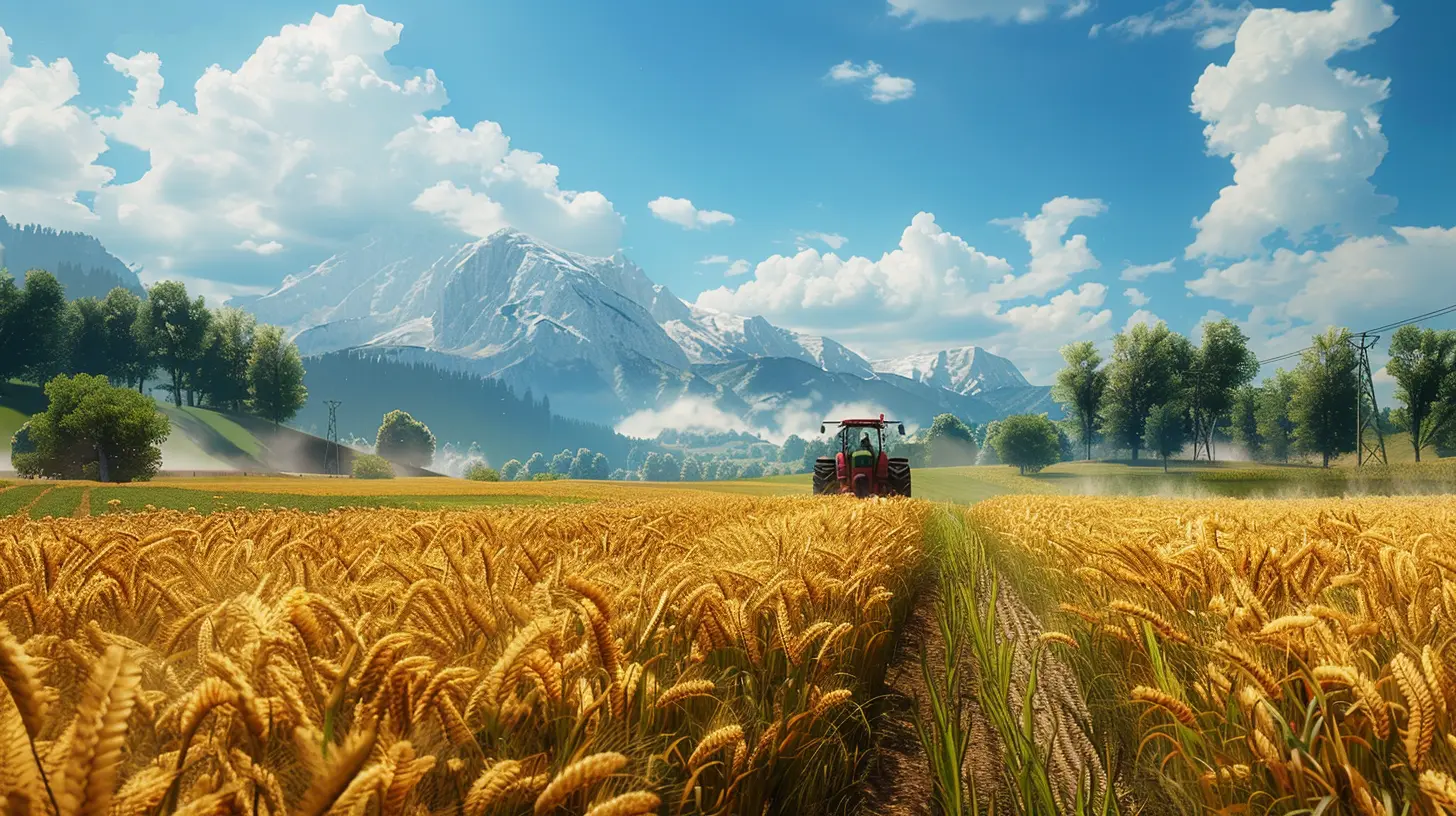
What Are Farming Simulators, Really?
At the heart of it, farming simulators are games that replicate the day-to-day operations of running a farm. We're talking planting crops, raising animals, driving tractors, managing finances, and selling your goods. Think of it as a blend of strategy, time management, and oddly satisfying repetition.But here’s the kicker — it’s not just about clicking buttons and watching plants grow. Modern farming sims are surprisingly deep. They’ll have you tweaking soil pH levels, dealing with unexpected weather, or even negotiating prices at a virtual farmer's market.
Sound dull? Think again. These games are like digital zen gardens; therapeutic, immersive, and sometimes more rewarding than real-life work. It’s no wonder people get hooked.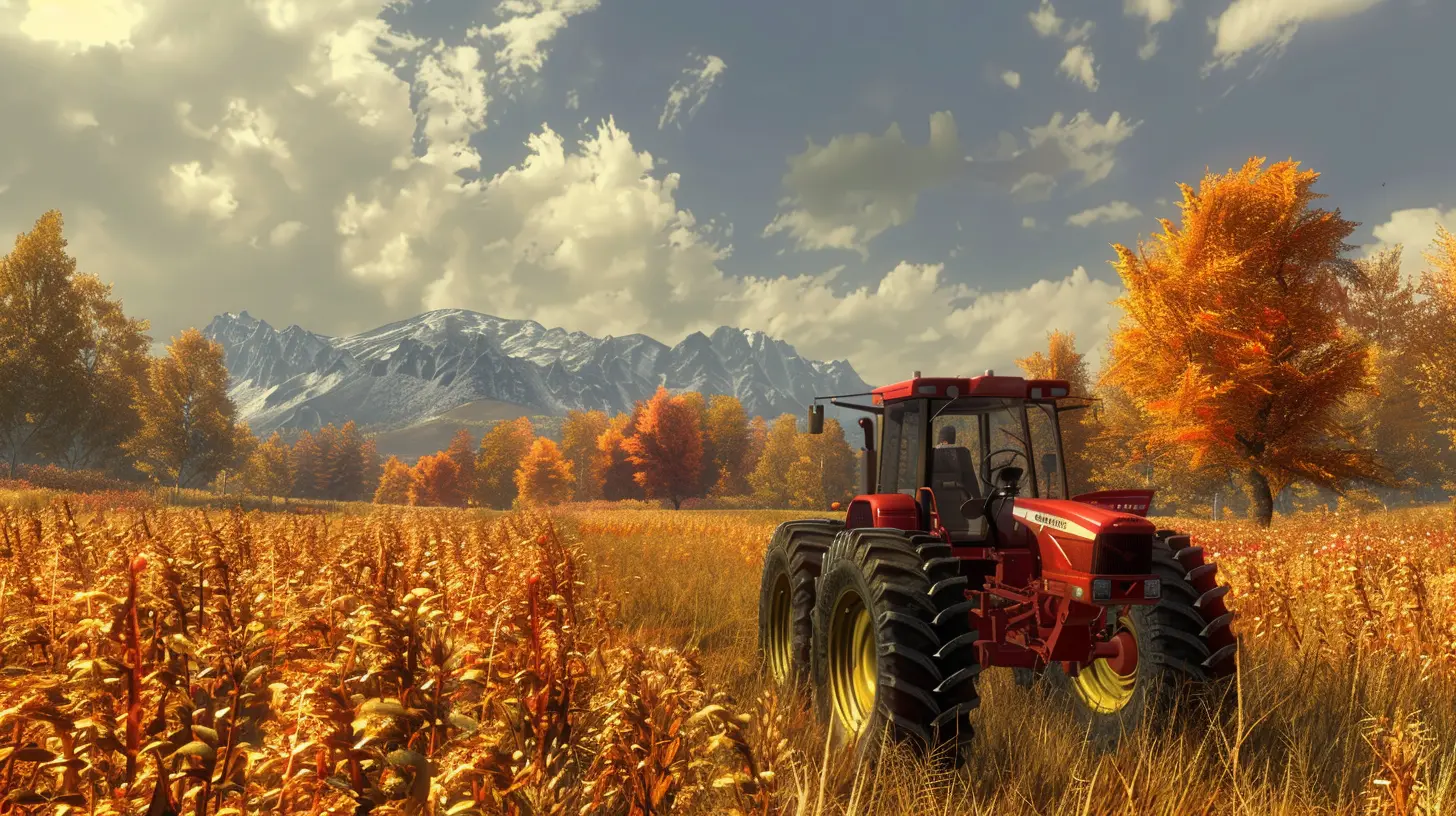
Why People Are Hooked on Digital Farming
Ever heard the saying, “You reap what you sow”? It’s never been truer than in a farming sim. Here’s why gamers can’t seem to get enough of virtual harvesting:1. Simple Yet Deep Gameplay
Farming simulators don’t slam you with combat or overly complex mechanics. They start you off slow – maybe a tiny patch of land, a few seeds, and an old tractor. But as you play, things scale. You manage more crops, upgrade equipment, and maybe even hire some virtual hands to help around the farm.It’s that slow burn of progression that keeps players coming back. No two days are the same, and each harvest feels hard-earned.
2. Relaxing and Therapeutic
Let’s be real: life can be busy and stressful. Farming sims offer a mental escape. There’s something weirdly satisfying about tending to crops, waking up with the sun, and ending the day with a full barn and satisfied livestock.It’s not just a game — it’s therapy in overalls.
3. Creative Freedom
You’re not boxed in. These games often let you choose what to grow, where to build, how to layout your fields, and what type of farm you want to run. Wanna grow exotic flowers? Go for it. Prefer dairy over crops? You got it.If Minecraft met Harvest Moon, you’d get this mix of freedom and function.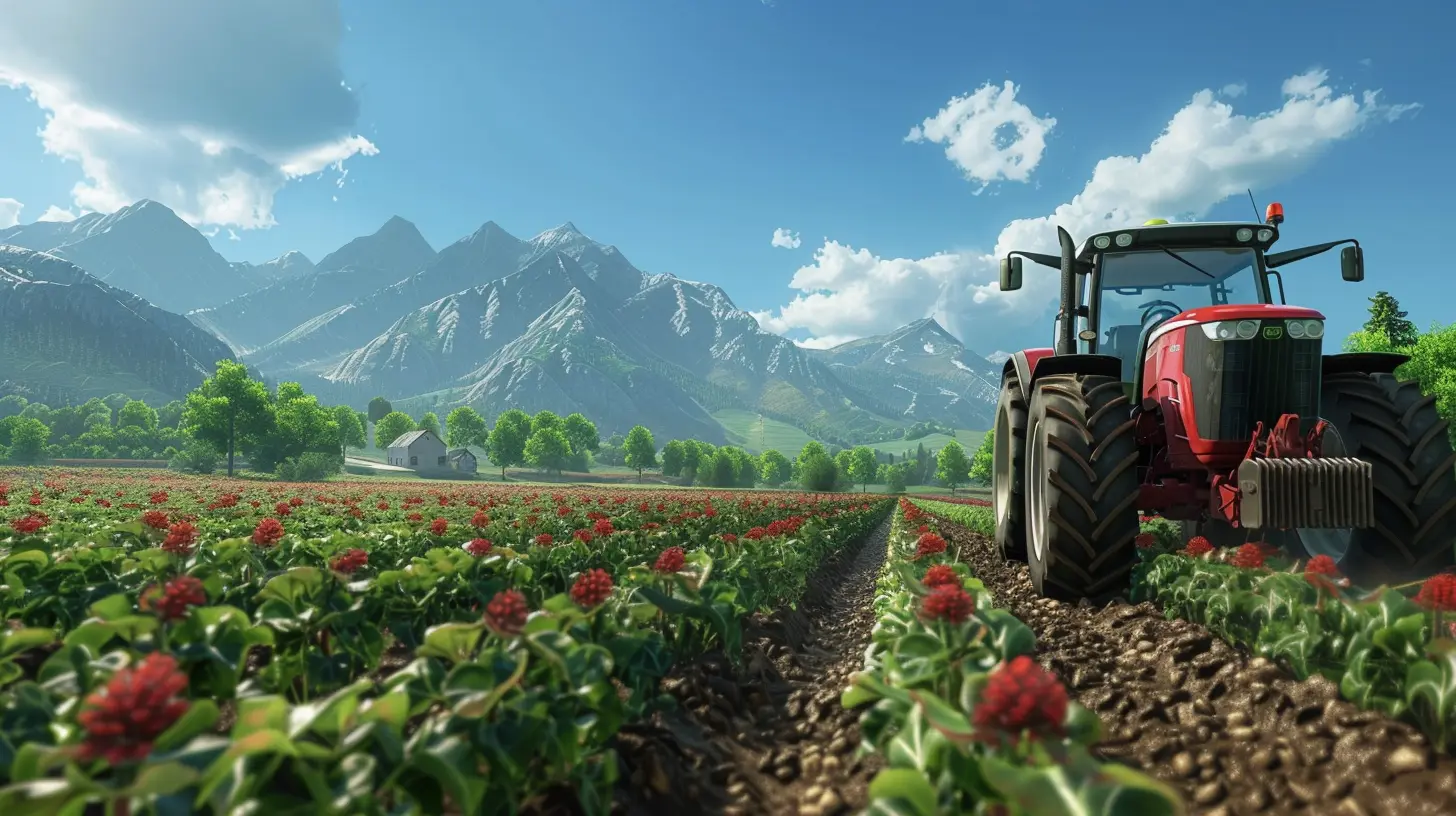
The Evolution of Farming Simulators
Farming sims have come a long way since the pixelated fields of the ‘90s. Let's take a quick ride down memory lane.From Humble Beginnings
Early games like Harvest Moon (1996) introduced players to the concept of life on a farm while mixing in social elements. It wasn’t just about crops — you built relationships, started a family, and became part of a community.That blend of farming and life sim was revolutionary.
The Giant Leap: Farming Simulator Series
When Farming Simulator by Giants Software hit the scene in 2008, it changed the game — literally. This wasn’t about cute graphics and magical farming. It was gritty, realistic, and packed with licensed farming equipment from brands like John Deere and Case IH.It brought authenticity to the genre.
Indie Powerhouses
Fast forward to today, and indie titles like Stardew Valley have blown the doors wide open. Developed by one guy (yep, just one), it brought back that Harvest Moon charm but added layers of depth — mining, fishing, crafting, romance. It was like the Swiss army knife of farming games.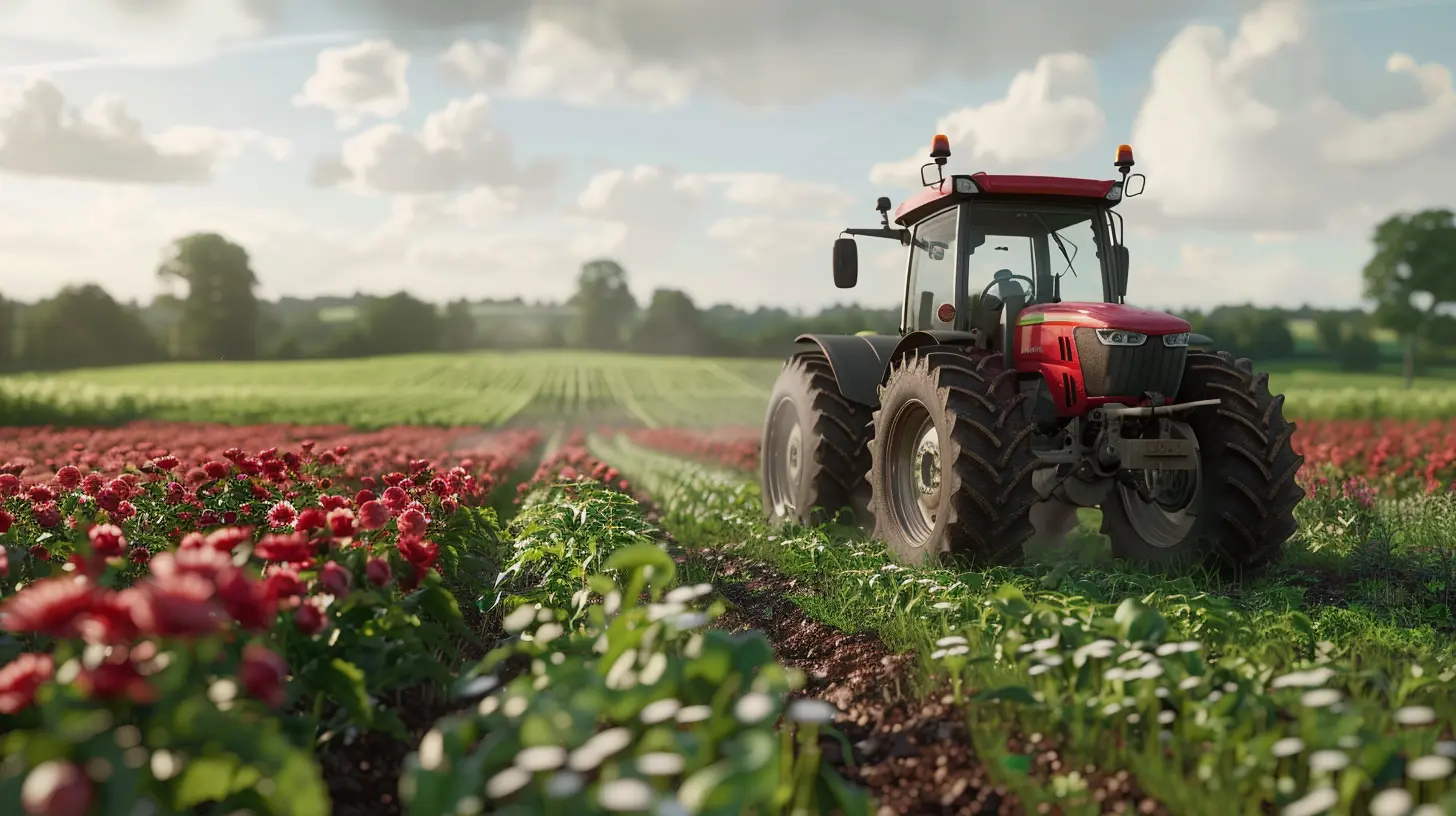
Top Farming Simulators You Shouldn’t Miss
Alright, so you're sold on the idea. But which farming sims are worth your time? Let’s break down the cream of the crop.1. Farming Simulator 22
If you're after realism, look no further. Farming Simulator 22 is a beast. Want to plow a field using real-life brand machinery? Done. Want to manage seasons, crop growth, soil types, and machinery maintenance? Check, check, and check.This one’s for the die-hards.
Pros:
- Ultra-realistic mechanics
- Multiplayer support
- Huge modding community
Cons:
- Steep learning curve
- May feel overwhelming for newbies
2. Stardew Valley
If farming with a touch of heart sounds good, Stardew Valley is your jam. It’s a pixel-art masterpiece that blends farming with social interaction, dungeon crawling, and story progression. It’s simple, addictive, and incredibly charming.Pros:
- Engaging narrative and characters
- Tons of variety
- Easy to get into
Cons:
- Combat can feel clunky
- Doesn’t focus solely on farming
3. My Time at Portia
A little more RPG, a little less dirt-under-your-nails. My Time at Portia focuses on crafting and exploration, with farming playing a supporting role. Still, it scratches that simulation itch with style.Pros:
- Expansive world
- Gorgeous art style
- Blend of genres
Cons:
- Farming isn’t the core mechanic
- Some systems feel unpolished
4. Rune Factory 5
Think of it as Stardew Valley meets anime RPG. Rune Factory 5 puts a magical twist on traditional farming. You still grow crops, but you also fight monsters, complete quests, and explore fantasy realms.Pros:
- Unique blend of genres
- Loads of content
- Relationship-building
Cons:
- Visuals can be underwhelming
- Can feel scattered
The Secret Sauce of a Great Farming Sim
So what makes a farming simulator really shine? It's a mix of mechanics, atmosphere, and that hard-to-define “vibe.” Here's what top-tier farming sims nail:1. Progress That Feels Earned
Grinding in farming sims doesn’t feel like a chore. Watching a barren field slowly become a cash-crop powerhouse? That’s digital dopamine at work.2. Immersive Worldbuilding
From the weather system to the chirping birds in the morning, farming sims that immerse you in their world pull you deeper into the experience. You start to care about your crops like they’re your kids.3. Rewarding Gameplay Loops
You plant. You water. You wait. You harvest. It sounds repetitive, but when done right, each loop is like turning a page in a good book. You’re always progressing, always improving.Tips for Farming Sim Newbies
New to virtual farming? No worries — we’ve got your back with some quick tips:1. Start Small
Don’t try to manage fifty crops and ten cows on day one. Focus on learning the basics. Expand later.2. Watch the Clock
Most games operate on a day-night cycle. Don’t waste time wandering — every second counts when you’ve got tomatoes to water and eggs to collect.3. Learn the Market
Selling your crops at the right time can make or break your bankroll. Some games have fluctuating prices, so be smart. Store goods if prices are low, sell when they peak.4. Upgrade Wisely
Got your eye on that shiny new tractor? Cool. But maybe that upgraded watering system is more efficient. Think long-term.The Future of Farming Simulators
What’s next for the genre? We’re already seeing signs of innovation:- VR Farming: Imagine tending crops with your hands in virtual reality.
- AI Integration: Smarter NPCs, adaptive weather, dynamic crop growth — the future is smart and responsive.
- Deeper Social Elements: Imagine co-op farming with friends across the world, managing one huge digital estate together.
It’s not a stretch. Farming games are growing (pun intended) and showing no signs of slowing down.
Final Thoughts: Why Farming Sims Matter
Here's the truth: farming simulators offer a unique blend of satisfaction, creativity, and relaxation. They let us connect with a simpler way of life — without giving up our couches or energy drinks. In a gaming world often dominated by high-stress competitive shooters or sprawling open worlds, farming simulators are the digital equivalent of a warm cup of tea on a rainy day.So, if you haven’t tried one yet, maybe it’s time to trade your sword for a shovel. Who knows? The perfect virtual harvest might just be a few clicks away.
all images in this post were generated using AI tools
Category:
Simulation GamesAuthor:

Greyson McVeigh
Discussion
rate this article
1 comments
Winter Powell
Embrace the joy of cultivating your virtual fields! Farming simulators empower us to dream big, nurture our creativity, and celebrate the fruits of our labor. Every harvest is a testament to persistence and passion—let’s sow the seeds for success and watch our virtual worlds thrive!
July 29, 2025 at 3:42 AM

Greyson McVeigh
Thank you for your wonderful insights! Farming simulators truly do allow us to nurture our creativity and celebrate our hard work in a vibrant virtual realm. Happy farming!


